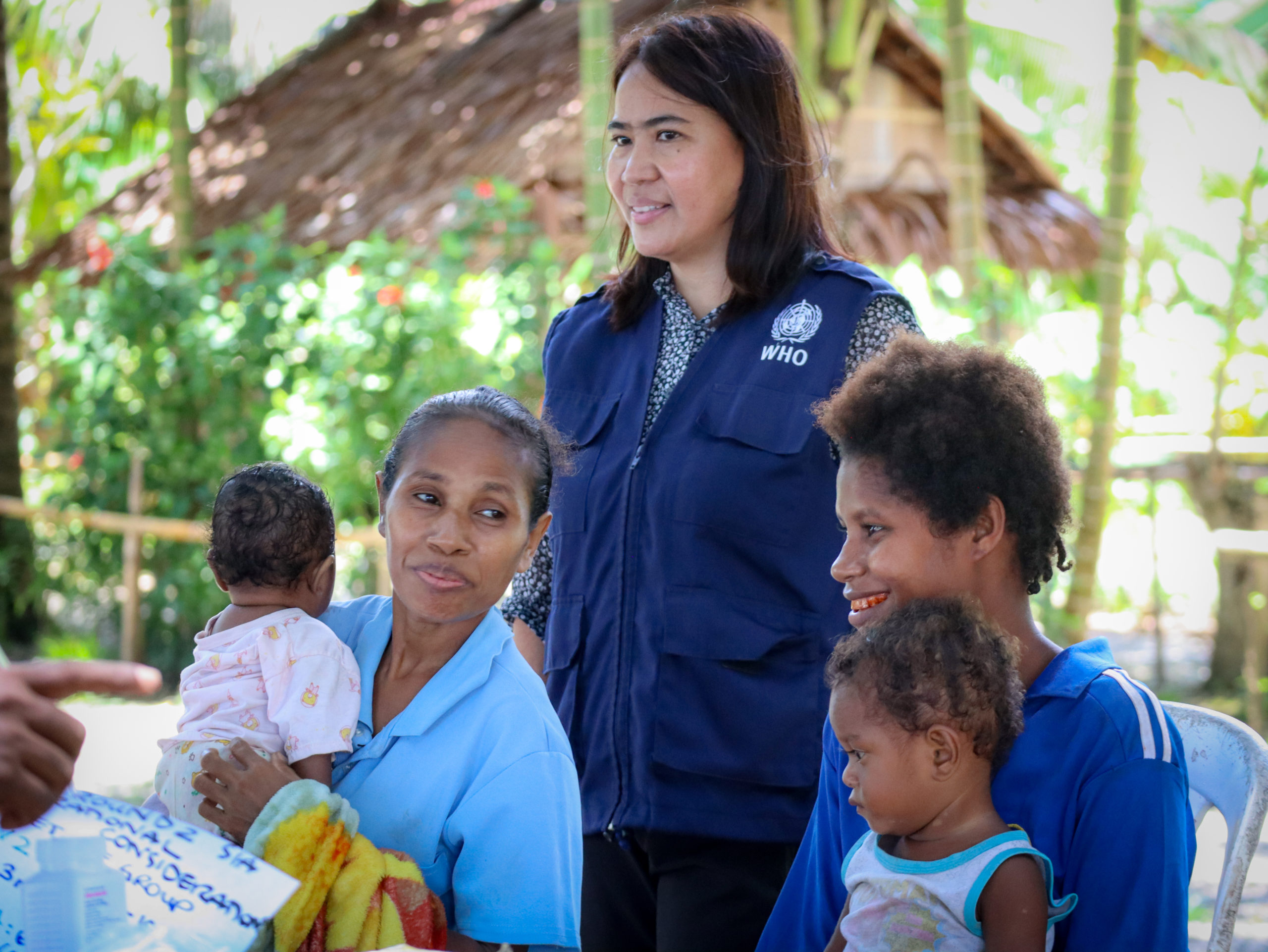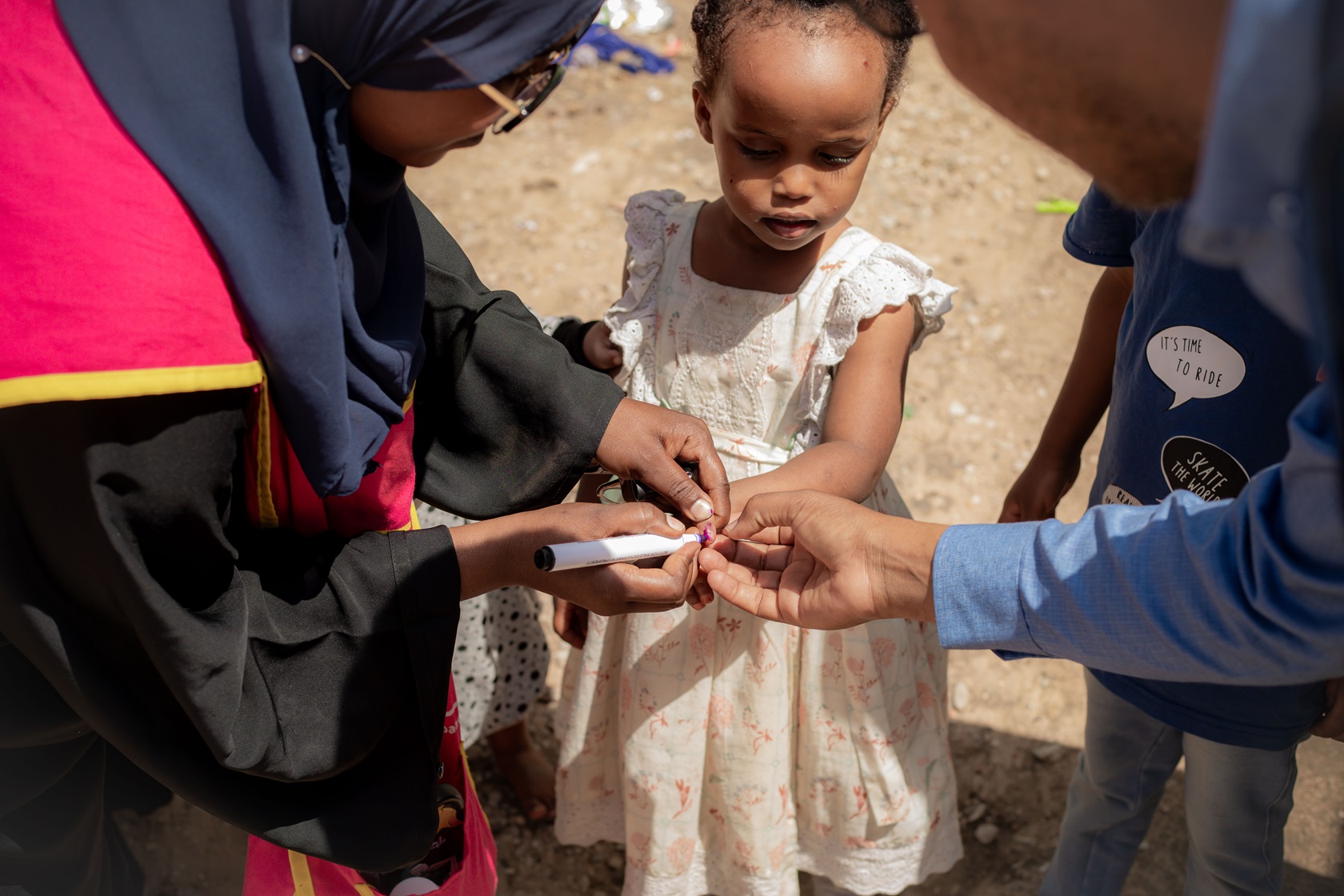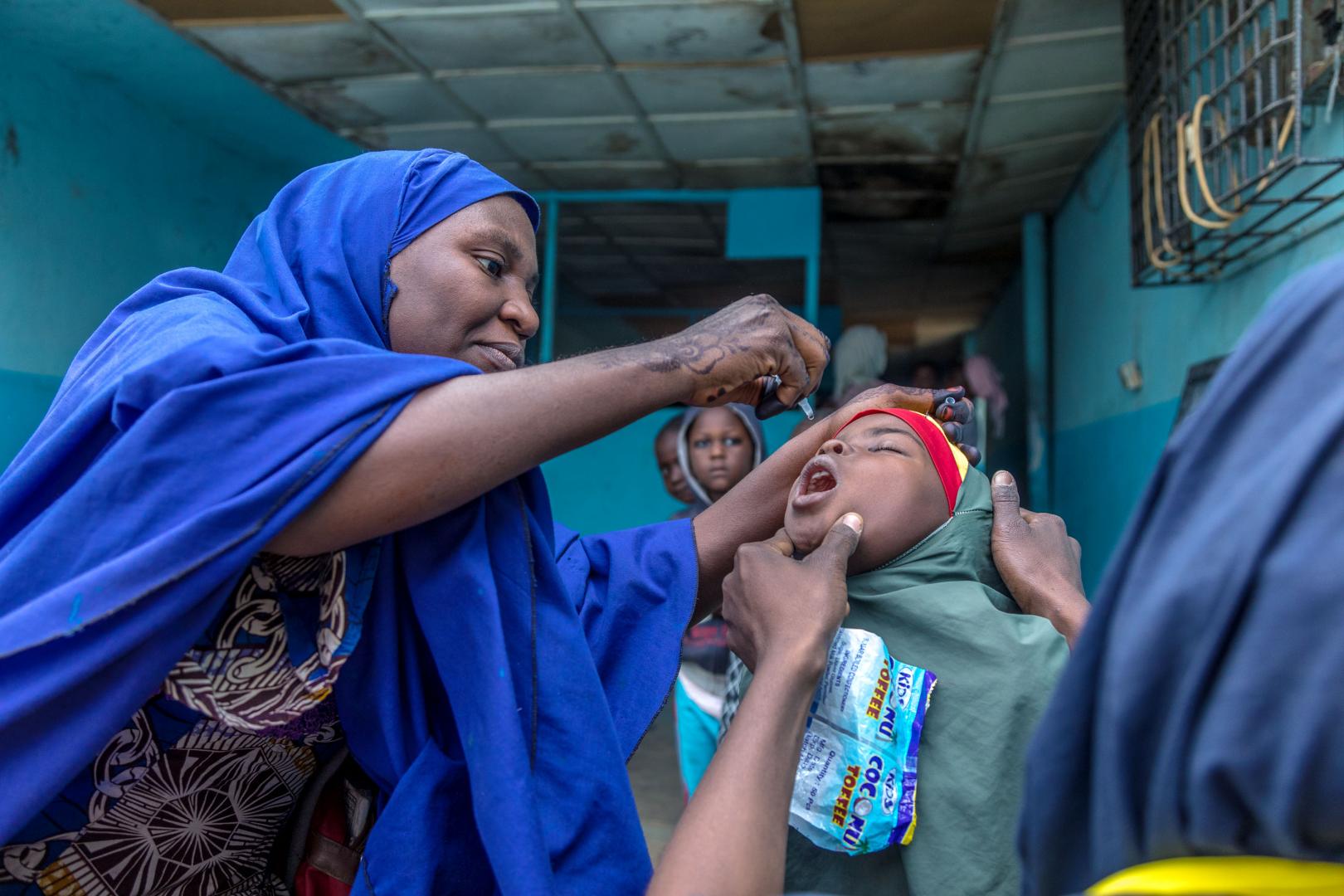In a control room at the World Health Organization (WHO) Regional Office for Africa in Brazzaville, the smart screen projects the South Sudan map with a scattering of red dots—and even more popping up every now and then. These red dots are geo-coded locations for every healthcare facility being visited by surveillance officers to document active case search in real-time as it happens.
By simply using an application on their smart phones, the surveillance officers send their reports, even without internet connection, to the centrally generated map. Here in the control room, public health experts can quickly analyze data, visualize surveillance gaps, and conduct active case searches for priority diseases and routine immunization assessments at health facility levels. This is a game changer.
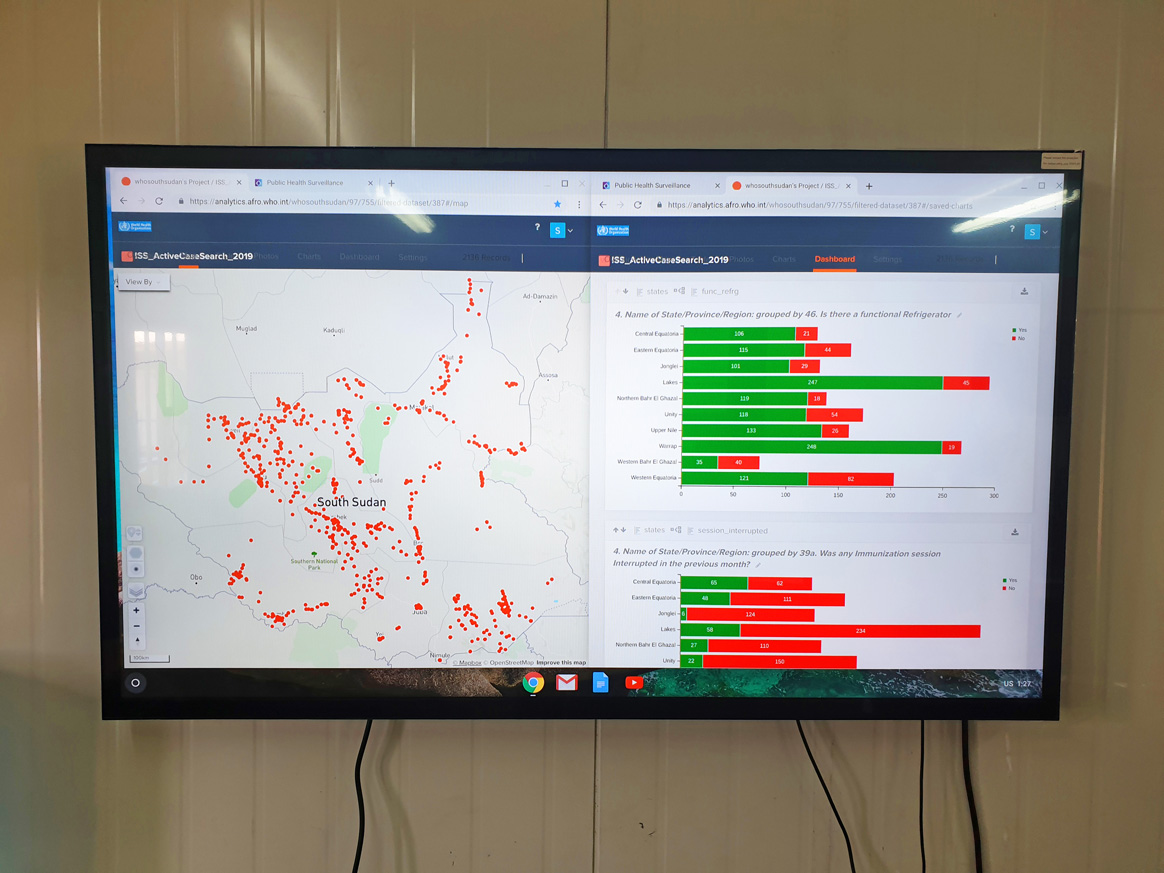
“Since the advent of the mobile-based surveillance, it has made it possible to prioritize areas and the required interventions for immunization and surveillance,”, says Dr Atem Anyuon, Director General of the Primary Health Care Ministry of Health South Sudan. He also said that other stakeholders that support the EPI programme would have access and utilization of the mobile technology.
Bridging surveillance gaps through touch screens
Data collected by health workers and community informants from the field is aggregated on database servers, and then displayed on touch interactive screens. With just a touch, maps can be viewed, and charts and dashboards of data streaming in from the field can also be monitored.
Explaining the innovation, WHO Representative, Dr Olushayo Olu says, “Interacting with real-time data through the smart visualization screens helped us recognize gaps in surveillance and intuitively navigate the interactive maps of South Sudan”. Dr. Olu is optimistic that the platform will help inform actions to improve and support surveillance and other primary health services in the country.
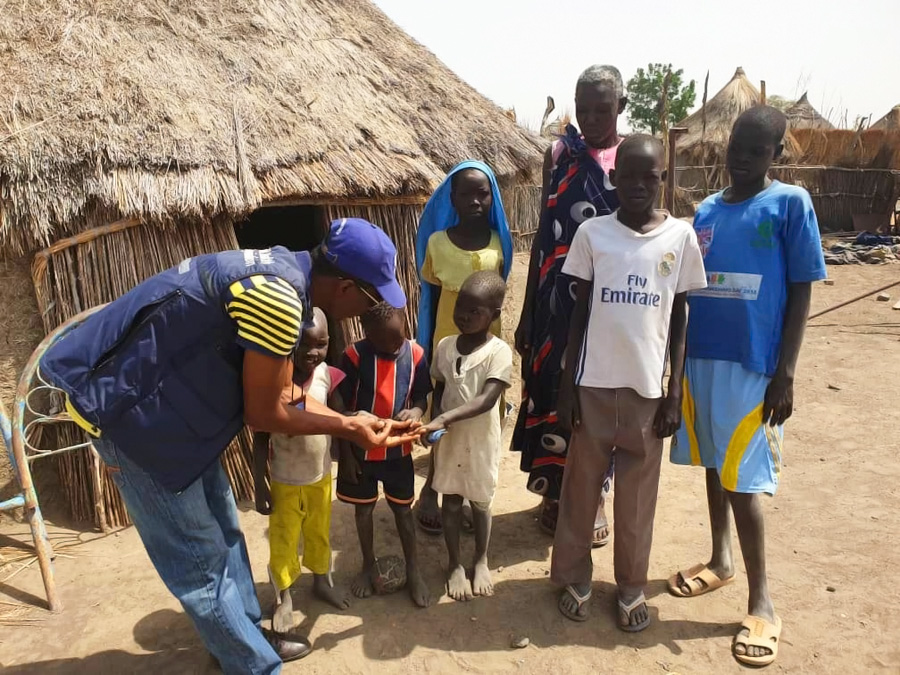
Progress towards certification standard documentation
In South Sudan, the technology has made clear where there are gaps in surveillance of Acute Flaccid Paralysis (AFP) – a symptom of polio – in hinterlands without internet. It also makes it easier and more transparent for staff to report what they are doing. . One of the achievements for South Sudan has been the active identification of over 6,000 cases of priority diseases across all the counties, with 85% of the AFP cases validated through geo-coordinates.
Cutting cost of active surveillance
“For me, my enthusiasm about innovating on this has been the fact that we can collect data with geographic information in places that do not have any form of network coverage and it sends the information whenever the health worker gets an internet source”, Mr Godwin Akpan, Data Management Officer of the Regional Office for Africa says.

Akpan stresses that “There are the exciting possibilities of country teams having the freedom to slice and dice the data with various analytics on the smart screen; appropriate technology hitherto used for weather analyses by mega news conglomerates is being harnessed and is now available for use by countries in the African region – a first of its kind built around open source technologies at no recurrent cost except for the hardware.”
With the interactive smart screens, the Ministry of Health and WHO can now interactively analyze data from AVADAR (Auto visual AFP detection and Reporting), Esurv (electronic Surveillance), Immunization Campaign Monitoring, Mortality monitoring as well as the ‘Lots Quality Assurance’ survey.
The initiative is facilitated by the WHO Regional Office for Africa, with support from the Bill & Melinda Gates Foundation.
